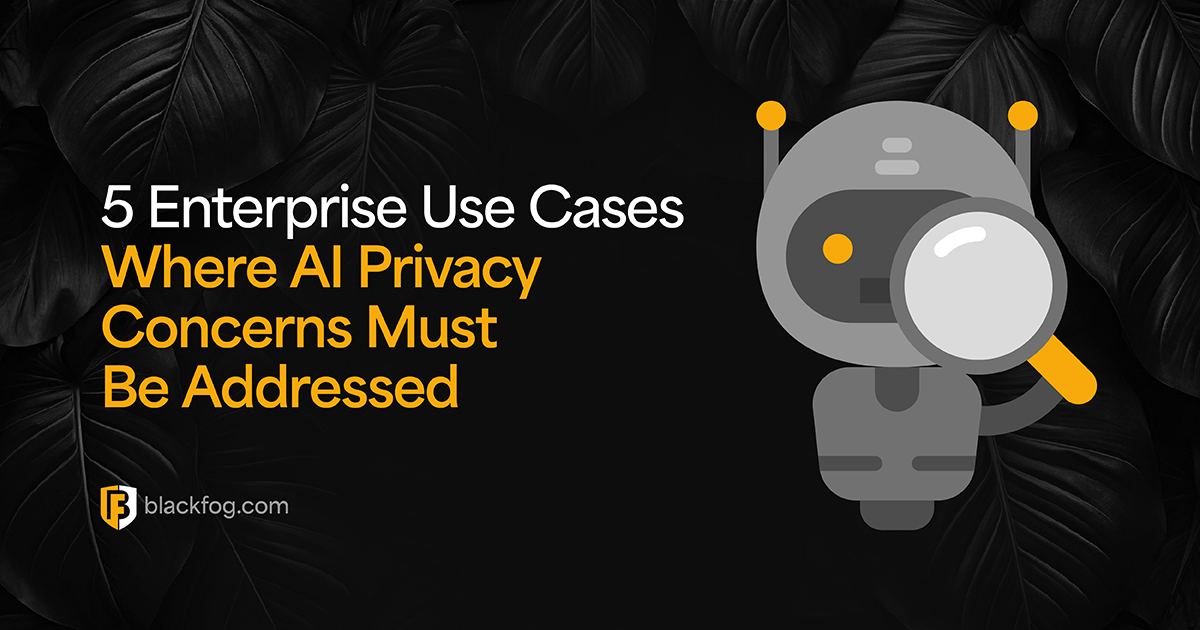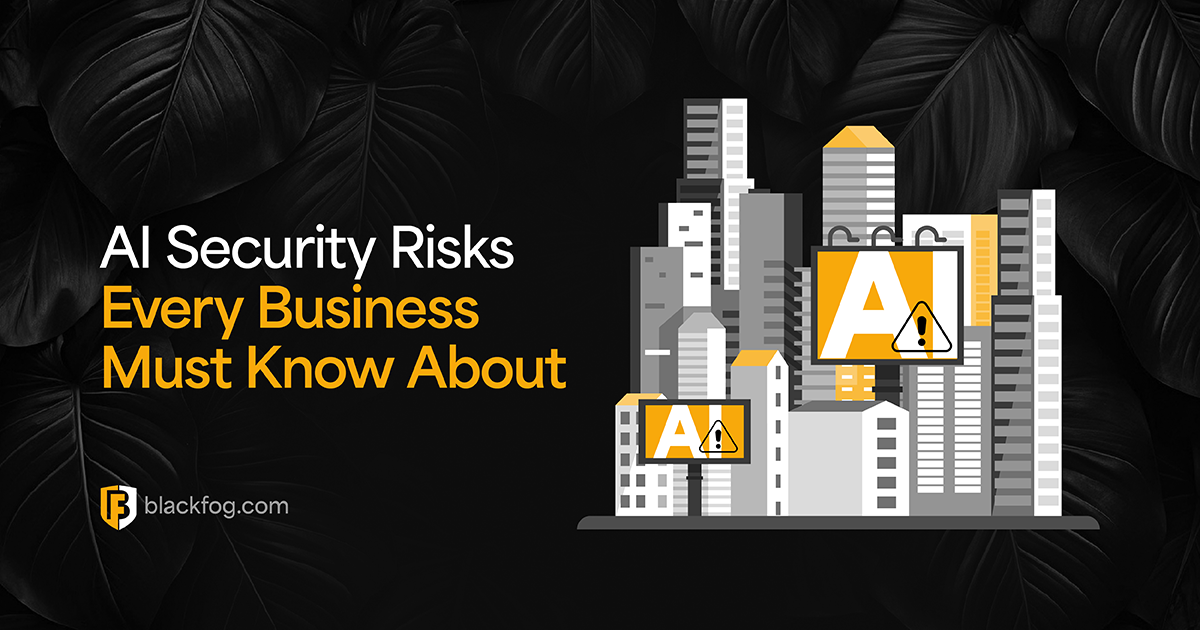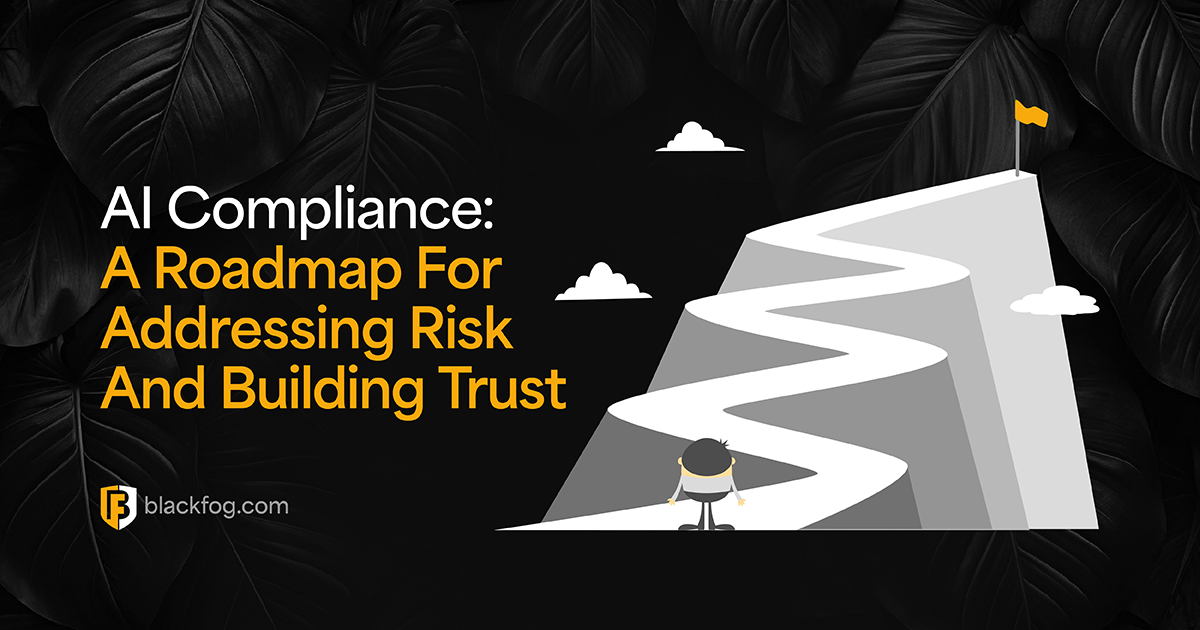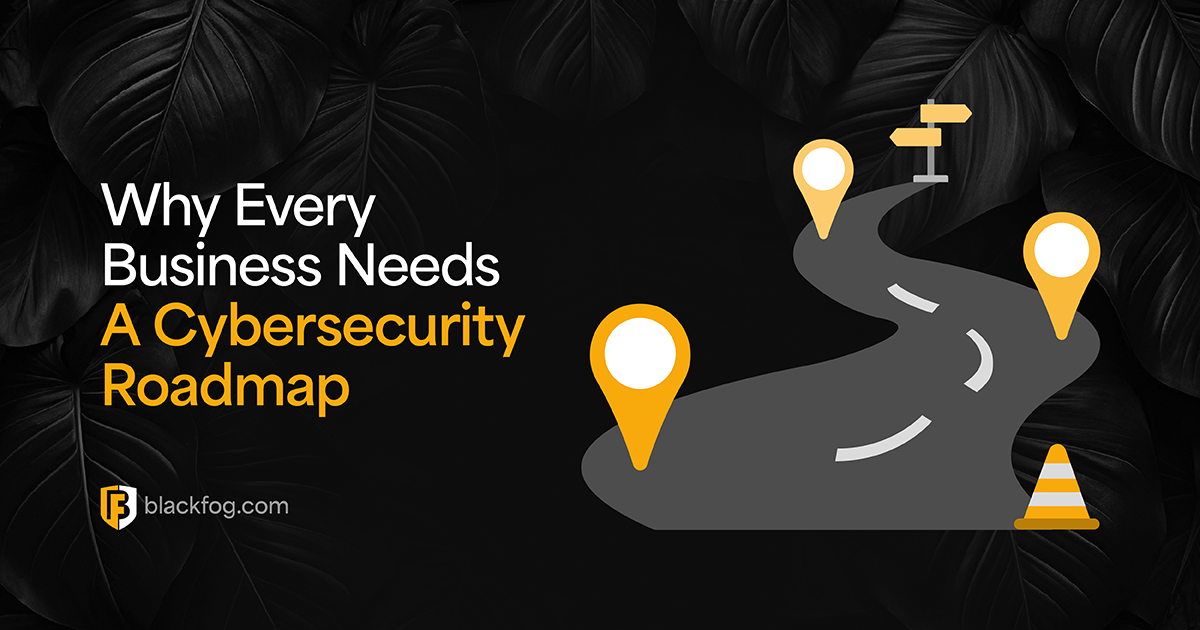
Why Every Business Needs A Cybersecurity Roadmap
The cyberthreat landscape is evolving faster than ever, with attackers using increasingly sophisticated tactics to target businesses of all sizes. This means that traditional, perimeter-based security models are no longer enough to keep threats at bay. As tactics like ransomware and data exfiltration become more prevalent, many legacy solutions are falling short, leaving organizations exposed.
To stay protected, businesses need a more proactive, modern approach to cybersecurity that aligns with today’s risks. But for many, knowing where to start is a challenge. That’s where a cybersecurity roadmap comes in.
What Is A Cybersecurity Roadmap And Why Does It Matter?
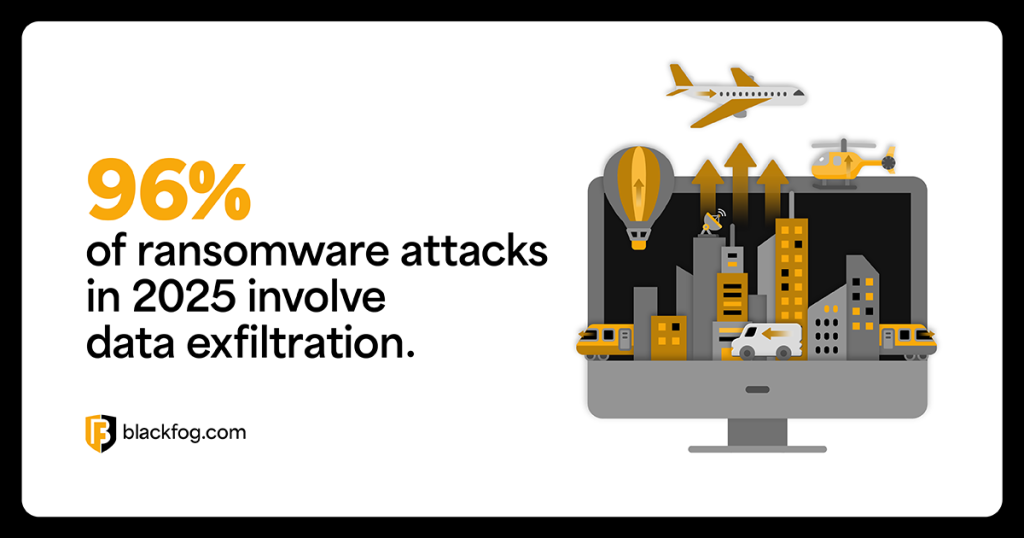
A cybersecurity roadmap is a strategic plan that guides how an organization manages risk, strengthens defenses and adapts to evolving threats. It provides a structured framework for improving solutions and ensuring people, processes and technology are all aligned around clear security priorities.
This approach matters more than ever as ransomware and data exfiltration have become leading causes of business disruption. Our latest threat report shows data exfiltration is now a factor in 96 percent of disclosed ransomware attacks. In such an environment, reactive or outdated defenses are no longer sufficient. Firms must adopt proactive, data-first strategies that anticipate risks before they escalate.
A strong roadmap goes far beyond a compliance checklist. It’s not about ticking boxes – it’s about creating an adaptable plan that evolves with the threat landscape and the business itself. A cybersecurity roadmap ensures direction, consistency and confidence in the face of constant change.
Without a clear strategy to mitigate cybersecurity risks, organizations often fall into an ad hoc approach, reacting to incidents as they arise. This leaves gaps in visibility, weakens response times and increases the likelihood of costly breaches that disrupt operations and erode customer trust.
Signs Your Cybersecurity Strategy Needs A Rethink
Many businesses continue to rely on outdated cybersecurity strategies because they appear to be working – until they don’t. Legacy systems and perimeter-only defenses may offer a false sense of security, even as threat actors adapt and evolve. In many cases, cybercriminals can move around undetected within such systems for months, quietly exfiltrating data. In such instances, the first indication anything is wrong may be when systems shut down and a ransom demand is received – by which time it’s far too late.
To avoid this, firms must undertake an ongoing cybersecurity risk assessment to find any weaknesses before they are exploited. As part of this, it’s important to identify warning signs that indicate a more modern, proactive approach is needed. These may include:
- A mindset where security is only addressed reactively, after incidents occur.
- No clear ownership or oversight of cybersecurity strategy.
- Disconnected or overlapping tools with limited visibility.
- Poor understanding of where sensitive data lives or how it’s accessed.
- No recent risk assessment or third-party testing.
- Minimal staff training or security awareness across the business.
What Goes Into A Strong Cybersecurity Roadmap?
An effective cybersecurity roadmap brings structure, clarity and long-term direction to security planning. While every business will have its own needs, there are a few core activities that every roadmap should include. These are:
- Asset visibility and data mapping: Identify all systems, applications and data assets across the organization. Understand where sensitive information is stored, how it moves and who has access.
- Risk assessment and prioritization: Evaluate potential threats and vulnerabilities based on likelihood and impact. Use this to focus efforts on the areas where risk is greatest, rather than spreading resources too thin.
- Implementing modern security controls: Define and deploy the tools needed to prevent, detect and respond to threats. This may include endpoint protection, anti data exfiltration solutions, identity management and real-time system monitoring.
- Developing policies, procedures and training: Create clear, enforceable policies to ensure all employees understand their role in keeping systems secure. Regular training reduces human error and helps build a security-aware culture.
- Incident response and recovery planning: Establish documented response plans with clear roles, escalation paths and recovery timelines. This ensures swift, coordinated action when an incident occurs, minimizing damage and downtime.
- Ensuring compliance and regulatory alignment: All cybersecurity practices must meet relevant legal and industry requirements such as GDPR, HIPAA or PCI-DSS. Regular audits and documentation help avoid penalties and demonstrate due diligence to regulators and stakeholders.
Challenges For Resource-Limited Firms
Building an effective cybersecurity roadmap can be difficult for organizations with limited resources. Smaller firms often lack in-house expertise, making it challenging to assess risks accurately or design a long-term strategy. Meanwhile, budget constraints may prevent investment in essential tools or full-time security leadership and overstretched IT teams struggle to manage growing security demands alongside day-to-day operations.
Without clear guidance, roadmaps can become fragmented or overly focused on short-term fixes. As a result, key vulnerabilities may go unaddressed. For these firms, finding cost-effective ways to gain strategic oversight and practical support is essential to developing a roadmap that truly reduces risk.
How A Virtual CISO Can Help
For smaller firms or those with limited internal resources, developing and executing a cybersecurity roadmap can be a significant challenge. In such cases, virtual chief information security officer (vCISO) services provide the strategic leadership of a senior cybersecurity executive, without the cost or commitment of a full-time hire.
An outsourced vCISO helps define priorities, align security initiatives with business objectives and guide risk-based planning. They act as a bridge between technical teams and executive leadership, translating complex threats into board-ready communications and reporting.
This ensures that cybersecurity becomes part of broader business planning, not an isolated IT concern. A vCISO also oversees implementation, monitors evolving risks and supports incident response.
Solutions like BlackFog ADX Instinct enhance this approach further by combining expert guidance with real-time threat prevention, including protection against ransomware and data exfiltration. For firms lacking in-house expertise, a vCISO makes strategic, sustainable cybersecurity leadership both achievable and effective.
Share This Story, Choose Your Platform!
Related Posts
AI Data Exfiltration: The Next Frontier Of Cybercrime
How are cybercriminals using AI data exfiltration to enhance their ransomware attacks and what must businesses do to counter these threats?
5 Enterprise Use Cases Where AI Privacy Concerns Must Be Addressed
AI privacy concerns are rising with AI adoption - five use cases highlight the key issues businesses must consider.
What AI Management Really Means For The Enterprise
Ongoing AI management is essential in maintaining compliance in a challenging environment. Here's what businesses need to consider.
AI Security Risks Every Business Must Know About
AI Security Risks are growing as AI embeds in business. What key threats must firms address to stay compliant with data regulations?
Who’s Really In Charge? Why AI Governance Is Now A Business Imperative
Find out why a strong AI governance program will be essential if enterprises are to make the best use of the highly in-demand technology.
AI Compliance: A Roadmap For Addressing Risk And Building Trust
AI compliance is set to be a major focus for businesses in the coming year. Here's what you need to know to make this as easy as possible.


